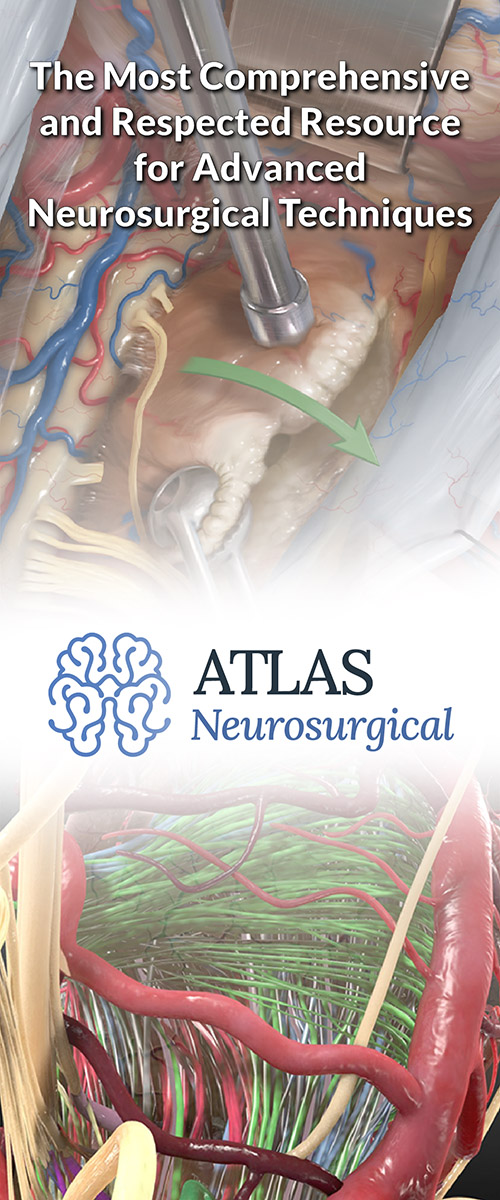Recovery Outlook for Pilocytic Astrocytoma
Pilocytic astrocytoma (PA) is a World Health Organization (WHO) Grade I brain tumor, known for its generally benign nature and favorable outcomes. As a low-grade neoplasm, it is often associated with a strong prognosis compared to more aggressive brain tumors.
This tumor most commonly affects children and adolescents, making it the leading type of brain tumor in this age group. Its prevalence in younger patients highlights the importance of early detection and tailored treatment approaches.
Thanks to its low-grade classification, PA typically offers a positive outlook, particularly when complete surgical removal is achieved. Advances in treatment continue to improve outcomes, providing hope for patients and their families.
In this blog, we’ll explore the essential facts about pilocytic astrocytoma to help you navigate this diagnosis with confidence. From understanding symptoms and treatment options to addressing recovery and long-term care, our goal is to provide clear, actionable information to support patients and their loved ones.
Prognostic Factors
Several factors influence the prognosis of PA, including the location of the tumor, the extent of surgical resection, the presence of neurofibromatosis type 1 (NF1), and the patient's age at diagnosis, as we explore below:
Extent of Resection
The single most important prognostic factor for PA is the extent of surgical resection. Gross total resection (GTR), where the entire tumor is removed, is associated with excellent long-term survival rates and a low risk of recurrence.
Subtotal resection (STR), where only a portion of the tumor is removed, may increase the risk of recurrence, but the overall outlook is still positive. Supplemental treatments such as radiation therapy and chemotherapy can help improve the chances of a successful outcome.
Why should you have your surgery with Dr. Cohen?
Dr. Cohen
- 7,000+ specialized surgeries performed by your chosen surgeon
- More personalized care
- Extensive experience = higher success rate and quicker recovery times
Major Health Centers
- No control over choosing the surgeon caring for you
- One-size-fits-all care
- Less specialization
For more reasons, please click here.
Tumor Location
The location of a pilocytic astrocytoma plays a crucial role in determining whether a gross total resection (GTR) can be safely achieved. Tumors in accessible areas of the brain are often easier to remove completely, improving the chances of a positive outcome.
However, when the tumor is located in eloquent areas of the brain—regions responsible for essential functions like speech, movement, or vision—surgical removal becomes more challenging. These areas require extreme precision to avoid postoperative neurological deficits.
Additionally, tumors situated near critical neurovascular structures, such as blood vessels or vital nerves, pose higher risks during surgery. In such cases, partial resection or alternative treatments may be considered to prioritize patient safety while still managing the disease effectively.
Age
Younger patients, especially those under the age of 20, often experience a more favorable prognosis when diagnosed with pilocytic astrocytoma. One reason for this improved prognosis is the higher likelihood of achieving a complete surgical resection in younger individuals.
Younger patients typically have greater resilience and a stronger ability to recover from surgery. This natural adaptability can play a key role in their overall recovery and quality of life following treatment.
Association with Neurofibromatosis Type 1 (NF1)
Patients with neurofibromatosis type 1 (NF1), a genetic condition that increases the likelihood of developing tumors, often experience a unique disease journey. Among these, optic pathway gliomas, which are frequently pilocytic astrocytomas (PAs), are a common concern.
While having NF1 does not always lead to a worse prognosis, treating these tumors can be more complex. Their location along the optic pathway and the potential presence of multiple tumors often require specialized, multidisciplinary care to manage effectively.
Survival Rates
The overall survival rates for PA are high, with 10-year survival rates exceeding 90% in many cases. The long-term survival is also favorable, with many patients living well beyond 10 years post-diagnosis.
Recurrences can occur, but they are relatively infrequent and often amenable to additional treatment; every patient’s treatment journey is unique, and these figures are a best estimate. Your care team will tailor your treatment plan and goals of care to best suit your clinical picture.
Recurrence and Progression
Recurrence of PA after initial treatment is not common but can occur, particularly in cases of STR or when the tumor is located in a surgically challenging area. Recurrent PAs are generally managed with additional surgery, and the prognosis remains favorable with repeated resections.
In rare cases, PAs can undergo malignant transformation into a higher-grade glioma, which carries a less favorable prognosis. Fortunately, there are a wide range of tools available to support patients and their families in these cases.
Quality of Life
The quality of life for patients with PA is an important consideration. Many patients can expect to return to their normal activities after recovery from surgery.
However, some patients may experience long-term effects, such as neurological deficits, hormone dysfunction, or cognitive impairments. These effects are dependent on the tumor's location and the treatment received.
Supportive care, including rehabilitation and psychosocial support, plays a crucial role in maximizing the quality of life for patients and their families.
Follow-up and Surveillance
Regular follow-up with MRI scans is essential for monitoring for tumor recurrence or progression. The frequency of surveillance imaging is determined by the extent of resection, the tumor's behavior, and the presence of any residual disease.
Long-term follow-up is necessary as late recurrences, although rare, can occur. Your care team will discuss your surveillance plan in depth with you, from the time of diagnosis, throughout your life span.
Advances in Treatment
Advances in neurosurgical techniques, including intraoperative MRI and neuro-navigation, have improved the ability to achieve GTR while minimizing complications. Additionally, the growing understanding of the molecular underpinnings of PA, such as the BRAF-KIAA1549 fusion and BRAF V600E mutation, may lead to targeted therapies that could further improve outcomes.
Key Takeaways
- Pilocytic astrocytoma (PA) is a WHO Grade I brain tumor, characterized by its benign nature and strong treatment outcomes compared to more aggressive brain tumors.
- PA is the most common type of brain tumor in young patients, underscoring the need for early detection and age-appropriate treatment strategies.
- When complete surgical resection is achieved, the prognosis for PA is typically very favorable, providing hope for patients and their families.
- Continuous improvements in treatment options are further enhancing outcomes, making this diagnosis increasingly manageable.




